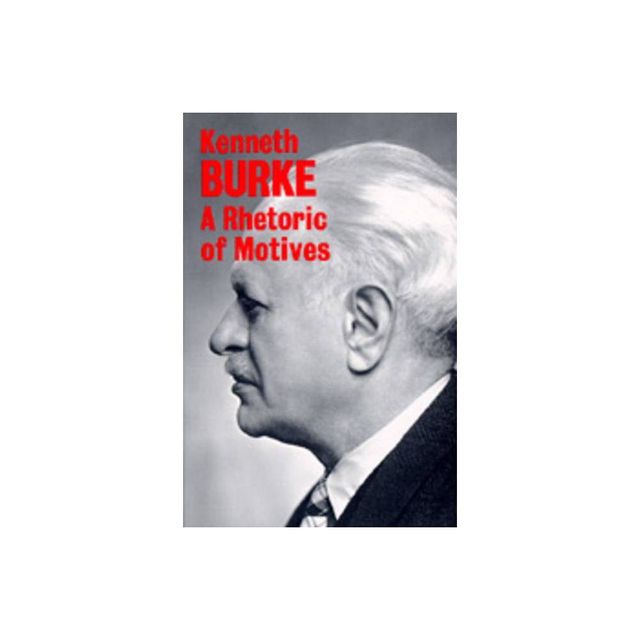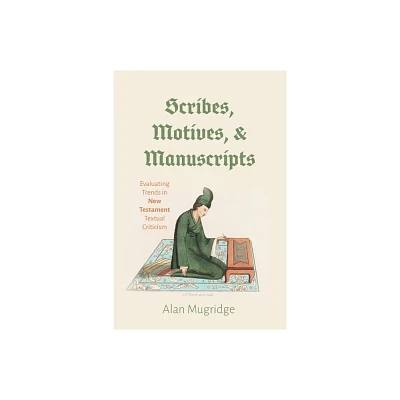Home
Periods and Nori Motives
Loading Inventory...
Barnes and Noble
Periods and Nori Motives
Current price: $159.99


Barnes and Noble
Periods and Nori Motives
Current price: $159.99
Loading Inventory...
Size: Hardcover
*Product Information may vary - to confirm product availability, pricing, and additional information please contact Barnes and Noble
This book casts the theory of periods of algebraic varieties in the natural setting of Madhav Nori’s abelian category of mixed motives. It develops Nori’s approach to mixed motives from scratch, thereby filling an important gap in the literature, and then explains the connection of mixed motives to periods, including a detailed account of the theory of period numbers in the sense of Kontsevich-Zagier and their structural properties.
Period numbers are central to number theory and algebraic geometry, and also play an important role in other fields such as mathematical physics. There are long-standing conjectures about their transcendence properties, best understood in the language of cohomology of algebraic varieties or, more generally, motives. Readers of this book will discover that Nori’s unconditional construction of an abelian category of motives (over fields embeddable into the complex numbers) is particularly well suited for this purpose. Notably, Kontsevich's formal period algebra represents a torsor under the motivic Galois group in Nori's sense, and the period conjecture of Kontsevich and Zagier can be recast in this setting.
Periods and Nori Motives
is highly informative and will appeal to graduate students interested in algebraic geometry and number theory as well as researchers working in related fields. Containing relevant background material on topics such as singular cohomology, algebraic de Rham cohomology, diagram categories and rigid tensor categories, as well as many interesting examples, the overall presentation of this book is self-contained.
Period numbers are central to number theory and algebraic geometry, and also play an important role in other fields such as mathematical physics. There are long-standing conjectures about their transcendence properties, best understood in the language of cohomology of algebraic varieties or, more generally, motives. Readers of this book will discover that Nori’s unconditional construction of an abelian category of motives (over fields embeddable into the complex numbers) is particularly well suited for this purpose. Notably, Kontsevich's formal period algebra represents a torsor under the motivic Galois group in Nori's sense, and the period conjecture of Kontsevich and Zagier can be recast in this setting.
Periods and Nori Motives
is highly informative and will appeal to graduate students interested in algebraic geometry and number theory as well as researchers working in related fields. Containing relevant background material on topics such as singular cohomology, algebraic de Rham cohomology, diagram categories and rigid tensor categories, as well as many interesting examples, the overall presentation of this book is self-contained.


















